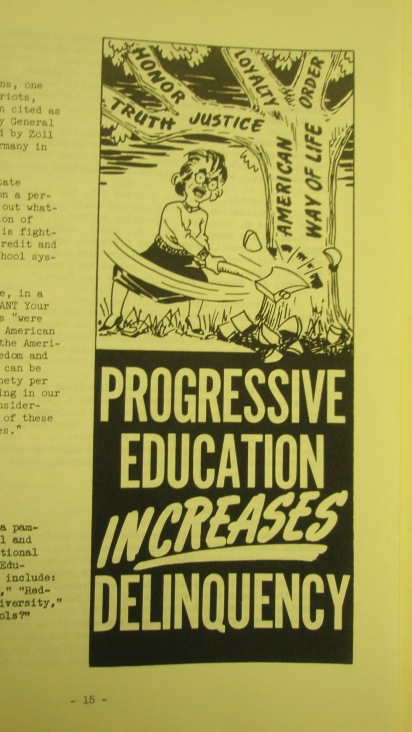[Editor’s Note: To commemorate Columbus/Indigenous People’s Day, we’ve pulled up this post from the ILYBYGTH archives, originally posted in 2014.]
Christopher Columbus used to vote Democratic, but now he’s a leading voice among America’s cultural conservatives. Not the man himself, of course. But celebrations of Columbus’ life used to be lean to the left. These days, conservatives have become the leading celebrants. How did that happen?
In these United States, today is officially a federal holiday. Columbus Day was only established as a federally recognized holiday, though, due to the complicated politics of Franklin D. Roosevelt’s New Deal in the 1930s. Italian immigrants had long lobbied for recognition of their greatest ethnic hero. As Roosevelt cobbled together his powerful but shaky New Deal coalition, he couldn’t afford to alienate any urban constituency. Establishing a federal holiday was a politically cheap way to symbolize Roosevelt’s sympathy with Italian-American voters.
At the time, Christopher Columbus represented Italian pride. Columbus stood for the fact that Italy had produced world-beating explorers and scientists. By the early 1900s, of course, Italy had become a leading source of poor, sometimes-desperate immigrants to the United States. The image of Italian-Americans in the yellow press at the time had become one of poorly educated “garlic-eaters.” Columbus Day’s federal recognition in the 1930s represented both a repudiation of those stereotypes and a recognition of the increasing political clout of Italian-Americans in the Democratic Party.
Today, of course, Christopher Columbus has acquired entirely new meanings as a cultural symbol. Instead of representing the heroic triumph of Italians, Columbus has come to embody the culture war over the settlement of the Americas. On the left, Columbus personifies the nature of that settlement. To leading leftist historian Howard Zinn, for example, Columbus’ quest was for loot, and his method was rapine. As Zinn wrote in his popular People’s History of the United States:
The Indians, Columbus reported, “are so naive and so free with their possessions that no one who has not witnessed them would believe it. When you ask for something they have, they never say no. To the contrary, they offer to share with anyone….” He concluded his report by asking for a little help from their Majesties, and in return he would bring them from his next voyage “as much gold as they need … and as many slaves as they ask.” He was full of religious talk: “Thus the eternal God, our Lord, gives victory to those who follow His way over apparent impossibilities.”
Because of Columbus’s exaggerated report and promises, his second expedition was given seventeen ships and more than twelve hundred men. The aim was clear: slaves and gold. They went from island to island in the Caribbean, taking Indians as captives. But as word spread of the Europeans’ intent they found more and more empty villages. On Haiti, they found that the sailors left behind at Fort Navidad had been killed in a battle with the Indians, after they had roamed the island in gangs looking for gold, taking women and children as slaves for sex and labor.
Today’s leftist activists, too, hope to puncture the heroic legend of Christopher Columbus. As one described it, the main legacy of Christopher Columbus was to turn North America into a “crime scene.”
In response, conservative intellectuals have tried to maintain Columbus’ place in the halls of heroes. As the recent controversy over the new Advanced Placement United States History framework has demonstrated, conservatives will unite against anything they perceive as a smear of America’s traditional heroes. For example, long before Dinesh D’Souza rolled out his recent patriotic film, he bashed the left’s tendency to bash Columbus. As D’Souza argued in 1995, Columbus had the moxie to cross a dangerous ocean. And Columbus may have misunderstood Native Americans, but he admired them. The violence came from the native side. As D’Souza put it,
While the first Indians that Columbus encountered were hospitable and friendly, other tribes enjoyed fully justified reputations for brutality and inhumanity. On his second voyage Columbus was horrified to discover that a number of the sailors he left behind had been killed and possibly eaten by the cannibalistic Arawaks.
For many conservatives, as for D’Souza, Columbus has come to represent more than just the beginning of the European colonization of the Americas. For conservatives, Columbus has become the poster child for the proper attitude toward the past. Historians on the left, many conservatives believe, have been very successful in spreading their anti-patriotic smears. The proper thing for conservatives to do, then, is rally around those symbols of traditional American exceptionalism.














